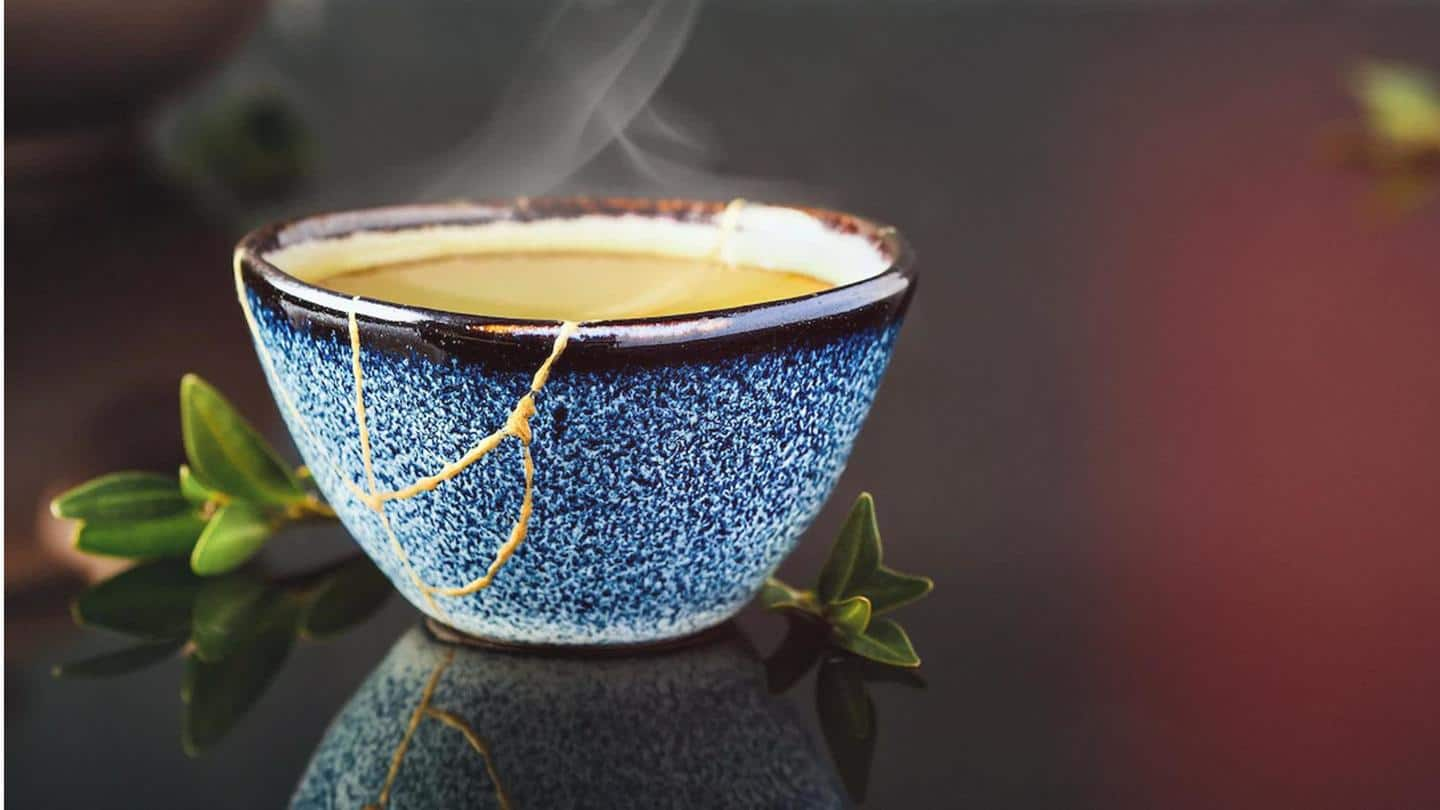
Wabi-sabi: The Japanese way to look at perfectly imperfect beauty
What's the story
It is said that art and artists can never be perfect. It is a tad bit similar to what people in Japan believe. Wabi-sabi is a traditional Japanese aesthetic that appreciates beauty in its most simple state. It is all about deeply admiring both natural and objects formed due to the forces of nature. Here's all you need to know about it.
Imperfection
Delving deeper into Wabi-sabi
Wabi in Japanese "means away from the society," whereas sabi means "withered." It is based on three simple realities: nothing is perfect, nothing lasts, and nothing is finished. The concept urges one to discover and appreciate the beauty of natural simplicity and imperfection and embrace it. It inculcates the values of impermanence, suffering, and emptiness, as derived from Buddhist teachings.
Learn
Teachings of Wabi-sabi
Acceptance is freedom, and outside it you find growth. You and everything in your life is imperfect; perfection is a myth. Appreciate the beauty of all things, especially the once broken. Don't rush. Slow and simple is the only way to stay alive. Be content with what you have and where you are in life - that's the real happiness.
Imperfect art
Wabi-sabi in Japanese artforms
In Japan, there are a plethora of art forms that showcase Wabi-sabi. This is why most Japanese traditions feature the concepts of acceptance, gratitude, imperfection, impermanence, and flux. For instance, Ikebana - which is the art of arranging flowers is one classic example of Wabi-sabi. Japanese pottery such as Raku Yaki, Hagi Ware, and Kintsugi are based on this philosophy.
Information
Celebrating flaws without hiding them
Various techniques of Japanese pottery hoist the spirit of Wabi-sabi. Kintsugi is craftsmanship that repairs broken pottery by re-joining pieces and applying a lacquer blended with powdered gold or silver along the cracks. This highlights the joints and celebrates the uniquely beautiful mended flaws.
Acceptance
Uses of Wabi-sabi
Wabi-sabi has its footing in art. Many writers, artists, poets, and designers have used this philosophy in their creations worldwide. It is also relevant in technology as in 1990, computer developers used this concept in agile programming. It has also been greatly accepted in media, with shows like In Search of Wabi Sabi on BBC. Mental health practitioners use it to reduce perfectionist thinking.
Life lessons 101
Ways to embrace Wabi-sabi
Enjoy the present moment: Focus on your breathing, emotions, and body sensations. The past is gone, the future is unknown. Accept yourself: Hug your failures, regrets, faults, celebrations, wins, and experiences. They are yours. Learn: Stop victimizing and learn from every situation. Adapt a strong attitude toward loss and change. Simple is beautiful: All the objects around you are pretty in their own way.